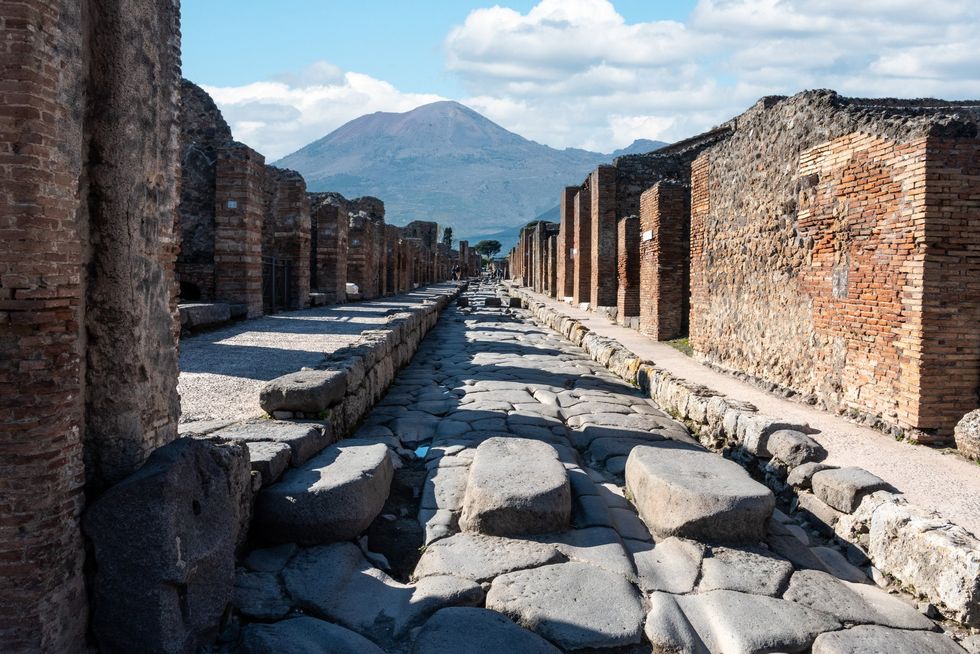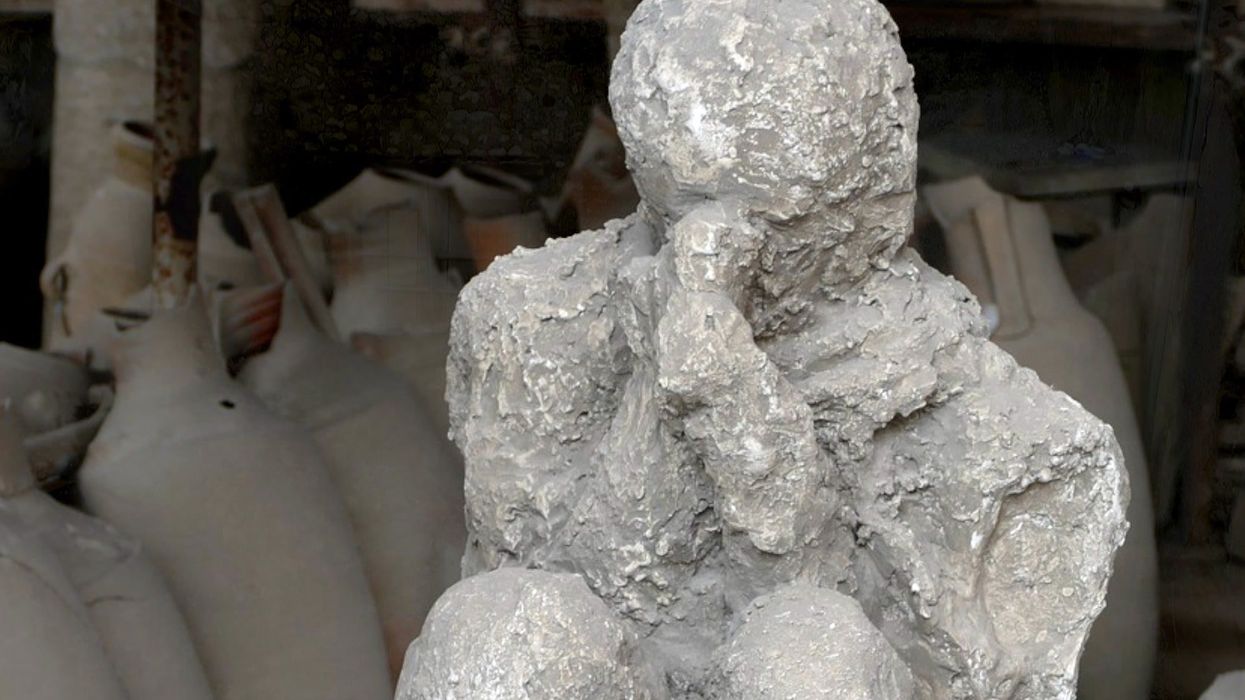Sinead Butler
Aug 12, 2025
These New Pompeii Discoveries Are Helping Us Understand More About the Roman …
ZMG - Amaze Lab / VideoElephant
The Mount Vesuvius volcanic eruption that destroyed Pompeii in A.D. 79 is something we've all learned about in history - but a new study has uncovered how survivors returned to the ash-covered city centuries later.
The new research recently published in the E-Journal of the Excavations of Pompei found new evidence through excavations in Insula Meridionalis, located in the city's southern quarter, revealing survivors who came back resided on the upper floors of buildings.
Around 20,000 people lived in Pompeii before the eruption, and archaeologists believe those who escaped came back as they couldn't afford to start over again elsewhere, and sought after a place to settle or searched the ruins for any valuables.
How many returned to Pompeii?

That remains unknown but they resided in the remains of Pompeii for approximately 400 years (around the fifth century A.D), as per Pompeii Archaeological Park.
"Post-79, Pompeii re-emerges less as a city than as a precarious and gray agglomeration, a kind of encampment, a favela among the still recognizable ruins of the Pompeii of old," Gabriel Zuchtriegel, director general of the archaeological park in Pompeii and lead author, said in the statement.
Before this latest development, there had been previous speculation about survivors returning, but Zuchtriegel noted how evidence of this was damaged in previous excavations where archaeologists sought to uncover layers to find artefacts and remains.
"The faint traces of the site's reoccupation were literally removed and often swept away without any documentation," Zuchtriegel said. "Thanks to the new excavations, the picture is now clearer."
Evidence they did find indicated that those who did return lived on the upper floors of buildings because the lower floors were buried in ash, although there was still access to these areas, which were used as cellars where fireplaces, ovens and mills were built.
What would living conditions have been like?
Survivors may not have had anywhere else to go and search for valuable items in the ash; therefore, it would have been a pretty chaotic and anarchic place to live.
All in all, two-thirds of the ancient city has been revealed due to excavations since 1748 as historians seek to find out more about what happened after the eruption.
What we do know is that Pompeii was abandoned in the fifth century, and it's thought that another volcanic eruption in A.D. 472 was the cause of this. However, additional research is required for experts to verify this theory.
Elsewhere, Volcanic eruption was so hot it turned this organ into glass, and Scientists uncover surprising truth about identity of Pompeii victims.
How to join the indy100's free WhatsApp channel
Sign up to our free indy100 weekly newsletter
Have your say in our news democracy. Click the upvote icon at the top of the page to help raise this article through the indy100 rankings.
Top 100
The Conversation (0)














